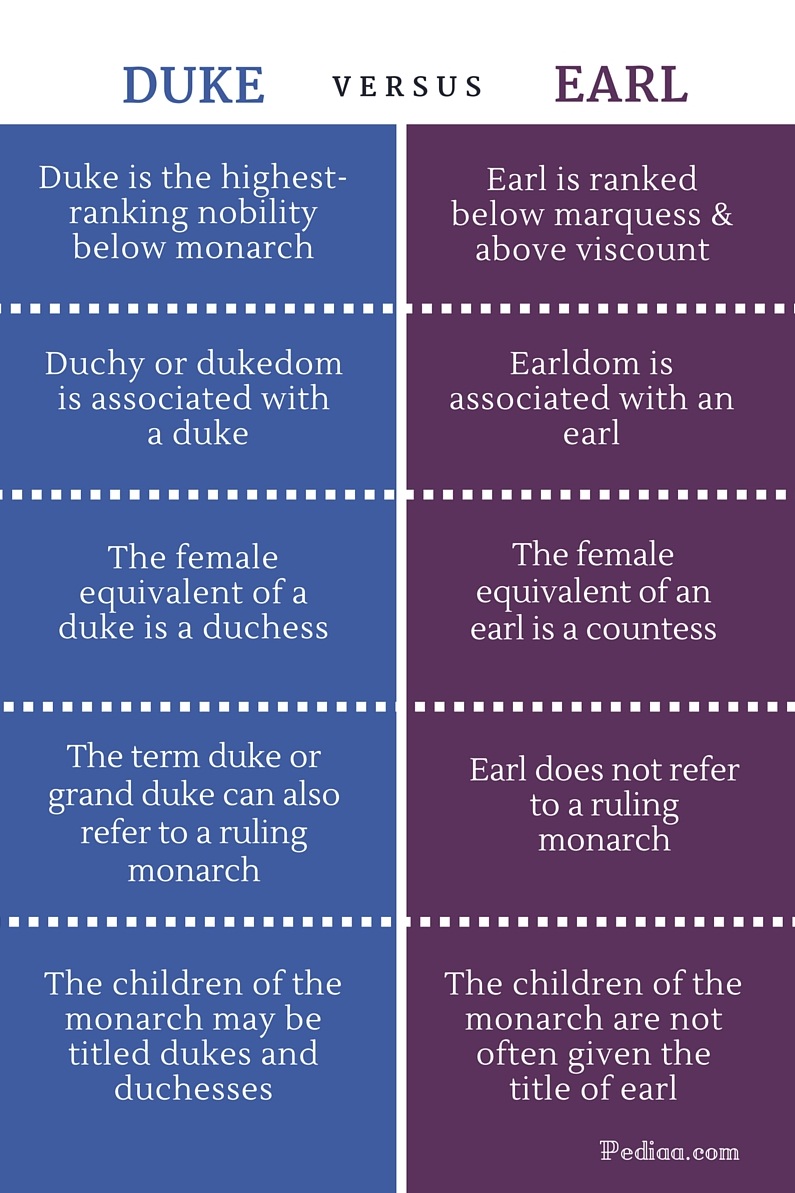British Peerage Explained: Dukes, Earls, And More
What separates a duke from an earl, a marquess from a viscount? The British peerage system, a complex tapestry woven through centuries of history, dictates a precise hierarchy of nobility. Its a world of titles, precedence, and inherited power, a system that continues to fascinate even in the 21st century.
The peerage, a cornerstone of British tradition, encompasses five principal ranks, descending in order of prestige: duke, marquess, earl, viscount, and baron. According to Debrett's, the acknowledged authority on matters of aristocratic lineage, these titles represent not just social standing, but also historical significance. Each rank carries its own unique history, responsibilities, and privileges, reflecting the evolution of power and influence in Britain.
| Title | Duke |
|---|---|
| Description | The highest hereditary title outside of the royal family, often historically associated with significant land ownership and political power. |
| Creation | The first British duke was created in 1337 when King Edward III bestowed the title of Duke of Cornwall upon his son, Edward the Black Prince. |
| Modern Example | Prince William, Duke of Cambridge. |
| Female Equivalent | Duchess |
| Reference | Debrett's |
While the modern roles of these titled individuals may seem largely ceremonial, their historical impact remains undeniable. Dukes, once powerful regional rulers, wielded considerable political clout. Their coronets, elaborate headwear adorned with leaves and pearls, symbolize this historical dominance. The Earl, once the equivalent of a continental count, originally held significant authority within their respective counties. Their coronets, distinguished by pearls set on spikes, reflect a rank below that of a duke but still above a viscount. Over time, these roles adapted to changing political landscapes, evolving alongside British governance and society.
Inheritance of these titles typically follows the male line, particularly in newer peerages. However, older titles, especially baronies, often allow for inheritance through female descendants. This nuanced system reflects the complexities of lineage and the historical shifts in societal norms surrounding inheritance. The Marquessate, a rank nestled between duke and earl, initially faced resistance from the established earls. This resentment, coupled with other factors, led to the marquessate becoming historically less common than either dukedoms or earldoms, a trend continuing into the 21st century.
The intricacies of addressing those within the peerage add another layer of complexity. A duke or duchess is styled "His/Her Grace," reflecting their elevated status. The wife of a marquess is a marchioness. Children of dukes are addressed as "Lord" or "Lady," while the heir apparent often uses a subsidiary title inherited from their father. Even the seemingly straightforward title of "Earl" reveals linguistic evolution. The term derives from the older title of "Count," reflecting the historical interconnectedness of European nobility.
The sheer number of existing earldoms 189 across England, Scotland, Great Britain, Ireland, and the United Kingdom underscores the prevalence of this rank within the peerage. However, this figure excludes earldoms absorbed into higher titles through marriage or elevation, existing only as subsidiary titles. The complexities of this system fuel public curiosity, evidenced by the frequent internet searches comparing ranks, such as "Does a duke beat a viscount?" These inquiries highlight the enduring fascination with the hierarchy and historical significance of British nobility.
The title of Duke in the peerage of England alone has been created 74 times, utilizing 40 different titles, with the remaining instances being recreations of previously extinct titles. On three occasions, women were created duchesses in their own right: Barbara Palmer, 1st Duchess of Cleveland, mistress of Charles II; Anne Scott, 1st Duchess of Buccleuch, wife of Charles II's illegitimate son; and Cecilia Underwood, Duchess of Inverness. These instances illuminate the complexities and occasional exceptions within the system, demonstrating the influence of both royal favor and marital connections.
The story of William de Moravia (William Sutherland), 1st Earl of Sutherland (died 1248), offers a glimpse into the lineage of some peerage titles. His ancestry, tracing back to the Flemish knight Freskin, illustrates the diverse origins of noble families. The practice of granting landed dukes vast estates, contrasting with the purely honorary titles bestowed upon royal dukes, further highlights the nuances within the peerage system. The intricate interplay of history, inheritance, and societal shifts continues to shape the landscape of the British peerage, a system that remains a source of both curiosity and intrigue.
From crossword puzzles to historical dramas, the ranks and titles of the British peerage continue to capture the public imagination. Whether deciphering clues like "Dukes and Earls (8 letters)" or exploring the historical power dynamics of these noble ranks, the British peerage offers a compelling glimpse into a world of tradition and inherited status.


